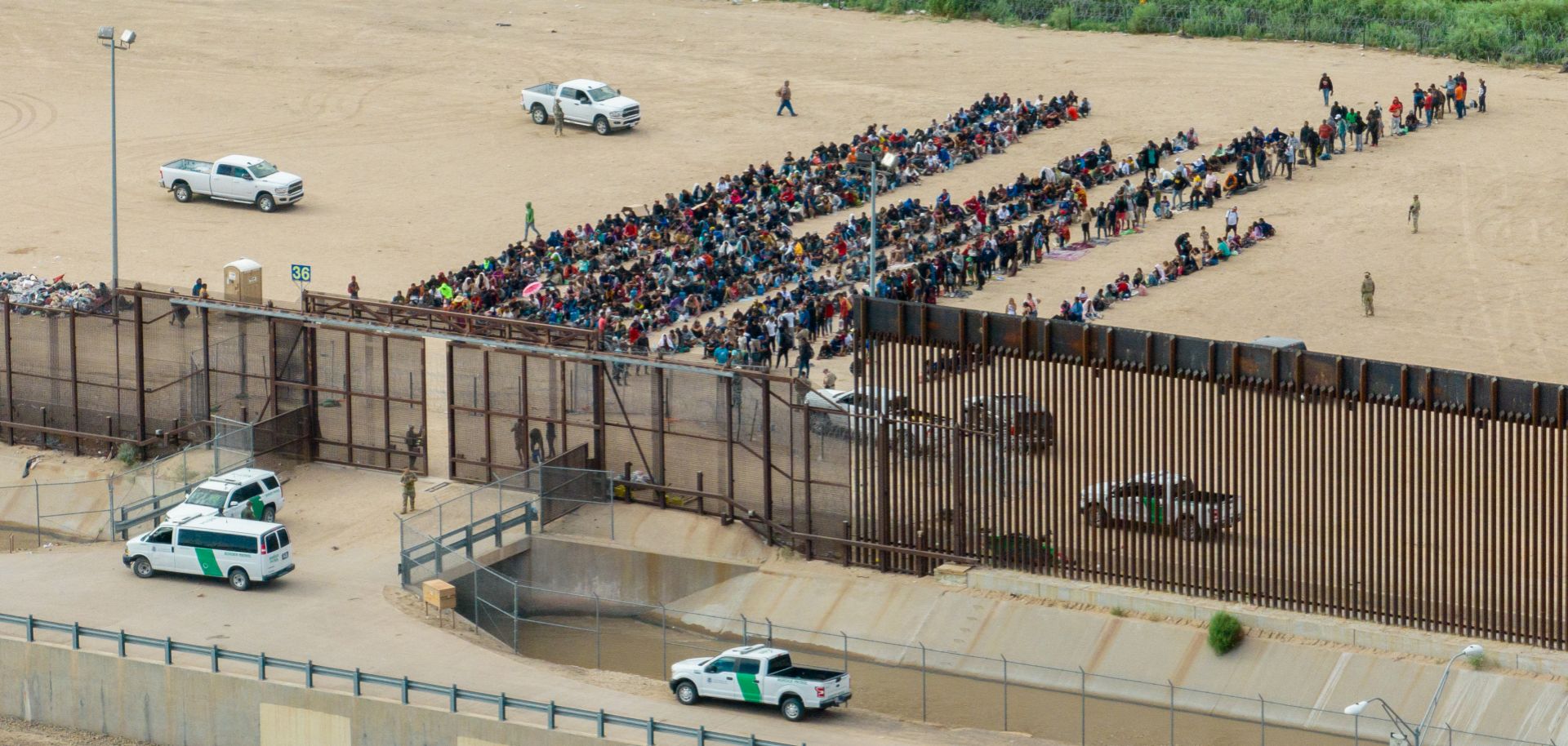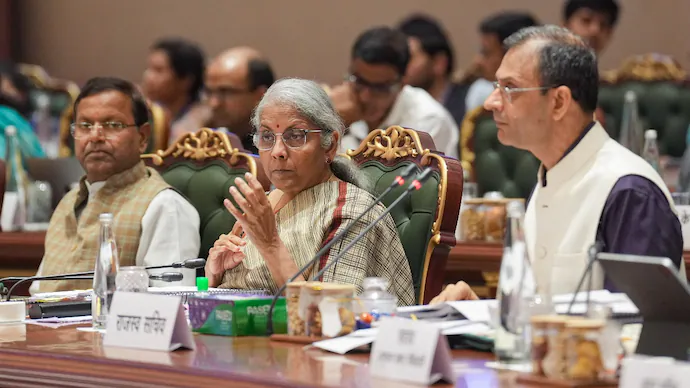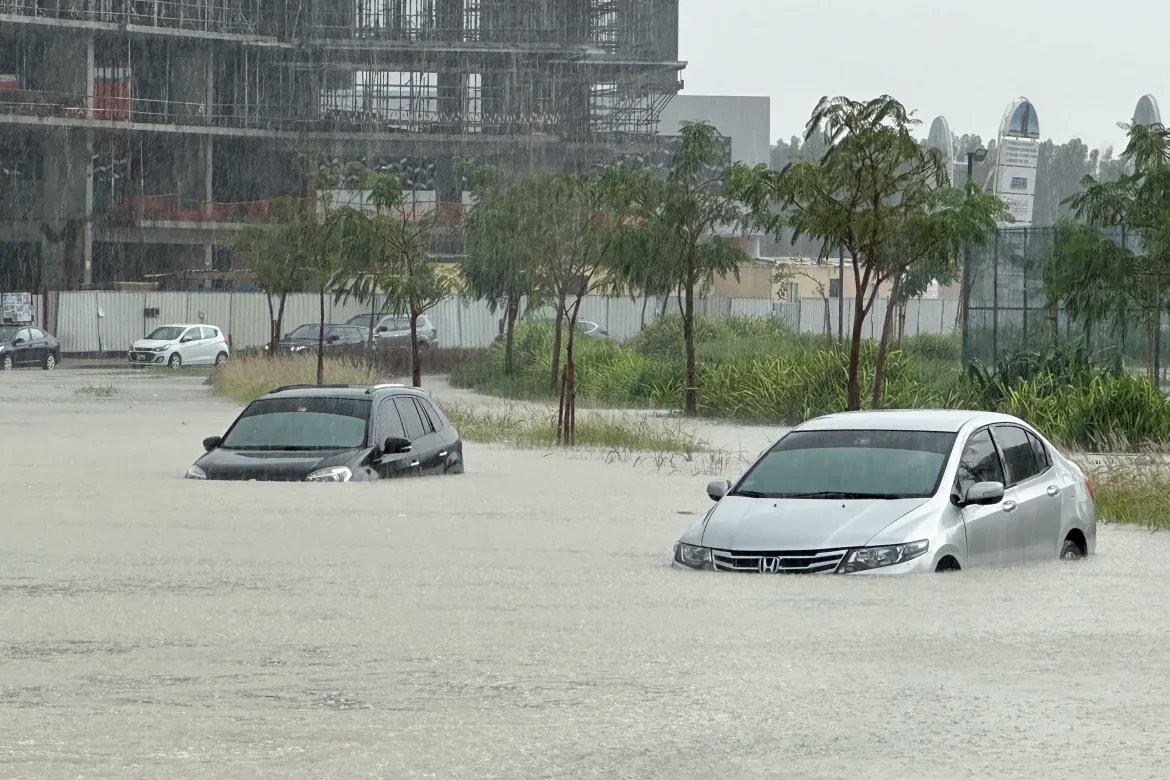In a recent event that has drawn significant attention to the issue of illegal immigration and human trafficking, a charter flight bound for Nicaragua from the United Arab Emirates, carrying over 300 Indian passengers on a Dunki Trail was grounded in France. This incident, which involved a significant number of passengers from Indian states like Haryana, Gujarat, and Punjab, has highlighted the desperation and risks that many Indians are willing to take to migrate to countries like the United States, often through indirect routes.
The flight, operated by Romanian company Legend Airlines, was intercepted at Vatry airport, near Paris, on suspicions of human trafficking. An Al Jazeera report claimed that while no concrete evidence of trafficking was found, concerns regarding undocumented immigration have been raised, with ongoing investigations by French authorities. Many of the passengers, including a substantial number from Gujarat, claimed to be tourists but failed to justify their motives or the exorbitant fees paid to agents. This has led to speculations that the ultimate goal was to reach the US or Canada illegally.
Donkey Flight Phenomenon
The term “donkey flight” is a colloquial reference in Punjab, translating to “hop from place to place.” It refers to the hazardous technique of illegal immigration involving crossing borders through indirect routes via multiple stops in other countries. Agents, often operating under the guise of legitimate businesses, charge high fees for facilitating these dangerous journeys.
This phenomenon gains an ironic relevance with the release and success of Shah Rukh Khan’s film “Dunki,” which touches upon the theme of illegal immigration and highlights the challenges faced by the Indian government. Amidst electoral victories and significant events like the construction of the Ram Mandir and revocation of Article 370, underlying issues such as illegal immigration remain a complex and pressing concern that often tends to be overlooked.
An NDTV report provides an in-depth look at this issue, highlighting the two primary methods of migration, the costs involved, and the risks associated with each journey.
Two Migration Paths: Land and Air
Land Route: This less expensive option, costing around 30-40 lakh rupees, often involves a journey through dense South American forests and other rugged terrains. The route typically starts from Turkey, where migrants obtain a visa for Costa Rica, then move to Panama, and finally attempt to reach the United States via Mexico or in rare cases, Florida.
Air Route: More expensive, costing around 40 to 50 lakh rupees, this method involves air travel through various European countries. The journey is facilitated by agents who may provide fake documents or assist in trafficking migrants across borders.
Risks and Documentation
The costs are not only financial but also physical. Migrants often sell significant assets, including ancestral land, to fund these journeys. The risks involved in taking this journey are substantial. Migrants face the constant threat of capture, imprisonment, conflicts with other migrants, and even confrontation with other guerrilla armies in the area. Despite these dangers, many young people are documenting their journeys on social media, offering tips and route suggestions to others considering similar paths.
Rise in Illegal Migration from Punjab
Since 2012, there has been a notable increase in the number of Police Clearance Certificates issued by the Punjab Police, suggesting a rise in the aspirations of young Indians to move abroad. This trend is concerning, especially considering the risks and high costs involved in such migrations. In 2009, the United Nations Office on Drugs and Crime reported that over 20,000 young men and women from Punjab attempt irregular migration every year, indicating the scale of this issue.
Punjab to Paradise: A Journey Through Hell
In an interview with NDTV, Rahul, from Haryana’s Kurukshetra, shared his harrowing experience of attempting to migrate to Italy. He recalled being sent first to Dubai, then Egypt, and eventually to Libya, where he ended up in jail and suffered a heart attack.
Similarly, Shiv Kumar from Kaithal narrated his distress over his son, whom he sent to Portugal after mortgaging his ancestral land. Despite lodging complaints and reaching out for help, Shiv Kumar has no information about his son’s whereabouts. Another tragic case is that of Malkeet from Kaithal district, whose death was confirmed through a viral video.
The Role of Agents and the Government’s Response
Agents in villages across Haryana and Punjab play a crucial role in facilitating these journeys, often with the promise of reaching countries like the US, Canada, and the UK. Following the incident, both Punjab and Haryana governments have intensified actions against fraudulent agents, with Haryana planning to bring a bill to regulate immigration agents.
This incident is not isolated but reflects a broader narrative within India, where economic challenges, underemployment, and rural migration continue to push individuals towards risky migration paths, often dubbed as ‘donkey flights.’ Such flights are seen as a desperate attempt to bypass legal immigration channels, potentially leading to dangerous and illegal pathways to countries like the United States, usually via Mexico.
Root Causes: Economic and Social Factors
The allure of the “donkey flight” can be attributed to various socio-economic factors, including underemployment, slow economic development, and rural migration in states like Punjab and Haryana. Despite the risks, the promise of higher incomes, better opportunities, and improved living standards in the West continues to attract many, especially the youth. These issues are often masked by more visible political victories and narratives, leaving behind a trail of unanswered questions and unresolved challenges.
The plight of these passengers, now returned to India, with some having sought asylum in France, reflects the complexity of the socio-economic fabric of India. While the Indian government continues to strive for development and growth, the need to address the underlying causes of such risky migration attempts remains paramount.
This incident opens up a dialogue about the socio-economic pressures within India, the dreams and desperation of its people, and the need for comprehensive policies that address the root causes of illegal immigration and human trafficking.




